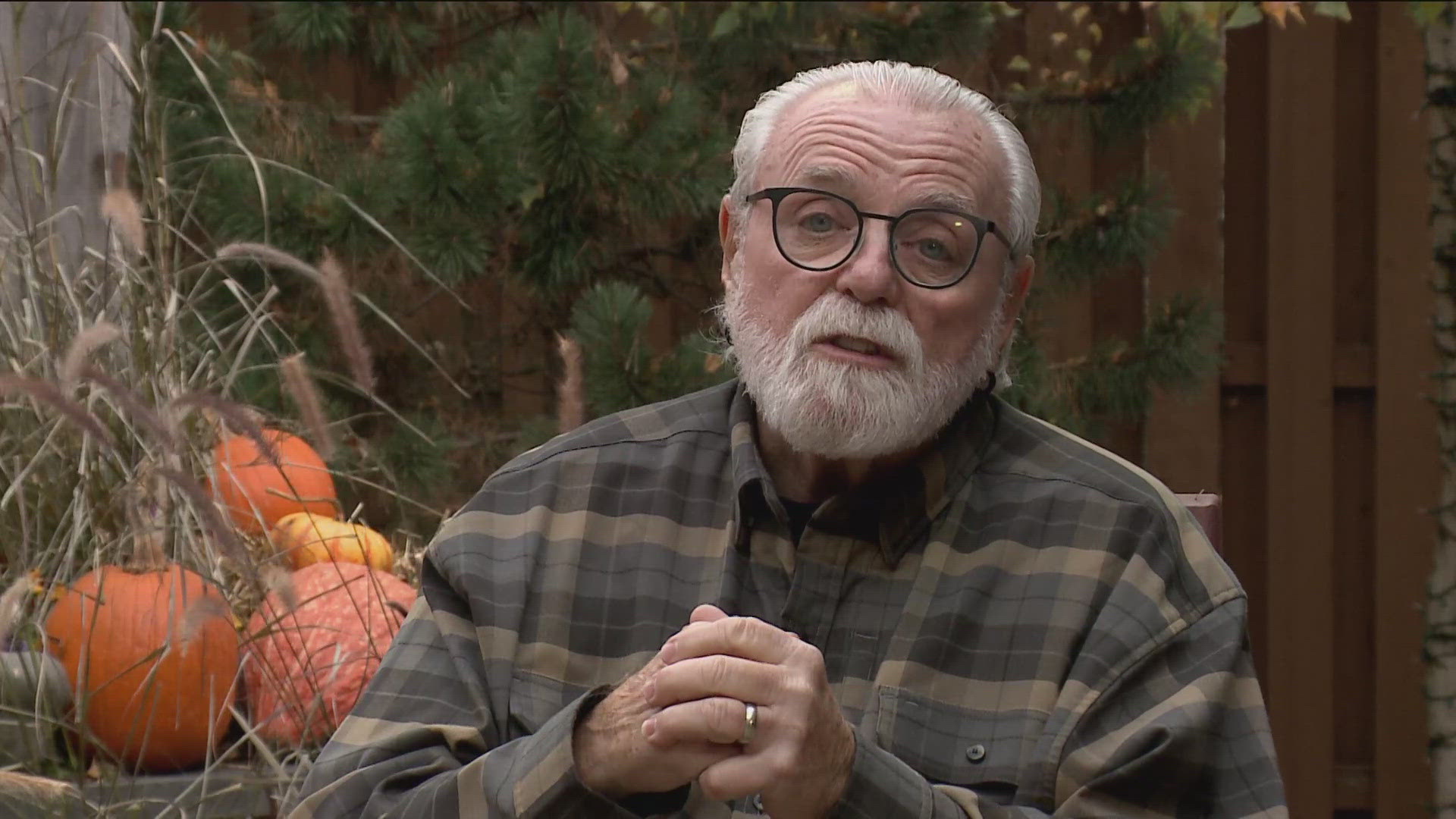MINNEAPOLIS--Once abundant here in Minnesota, monarchs are now getting harder and harder to find with each passing year. There are many reasons for the decline, including loss of milkweed habitat.
Monarchs are well known and loved across North America, which make them a great flagship species for pollinatorconservation; what's good for monarchs is good for bees, birds and other butterflies.
So what can we do to help? Katie-Lyn Bunney, Community Program Specialist of the Monarch Lab and Monarchs in the Classroom says we should plant milkweed and nectar plants, making sure there are available nectar sources throughout the time monarchs are here.
10 Nectar Plants Recommended for Monarchs:
Blazing star (Liatris spp.), goldenrod (Solidago spp.), aster (Symphyotrichum spp.), joe-pye weed (Eupatorium spp.), coneflower (Echinacea spp.), beebalm (Monarda spp.), verbenas (Verbena spp.), ironweeds (Vernonia spp.), phlox (Phlox spp.), indigo (Baptisia spp.)
For additional information and to donate to the Monarch Joint Venture to support conservation efforts across the U.S. to help ensure that monarch butterflies are abundant for future generations. You can visit the following web sites: www.monarchjointventure.org and www.monarchlab.org.


